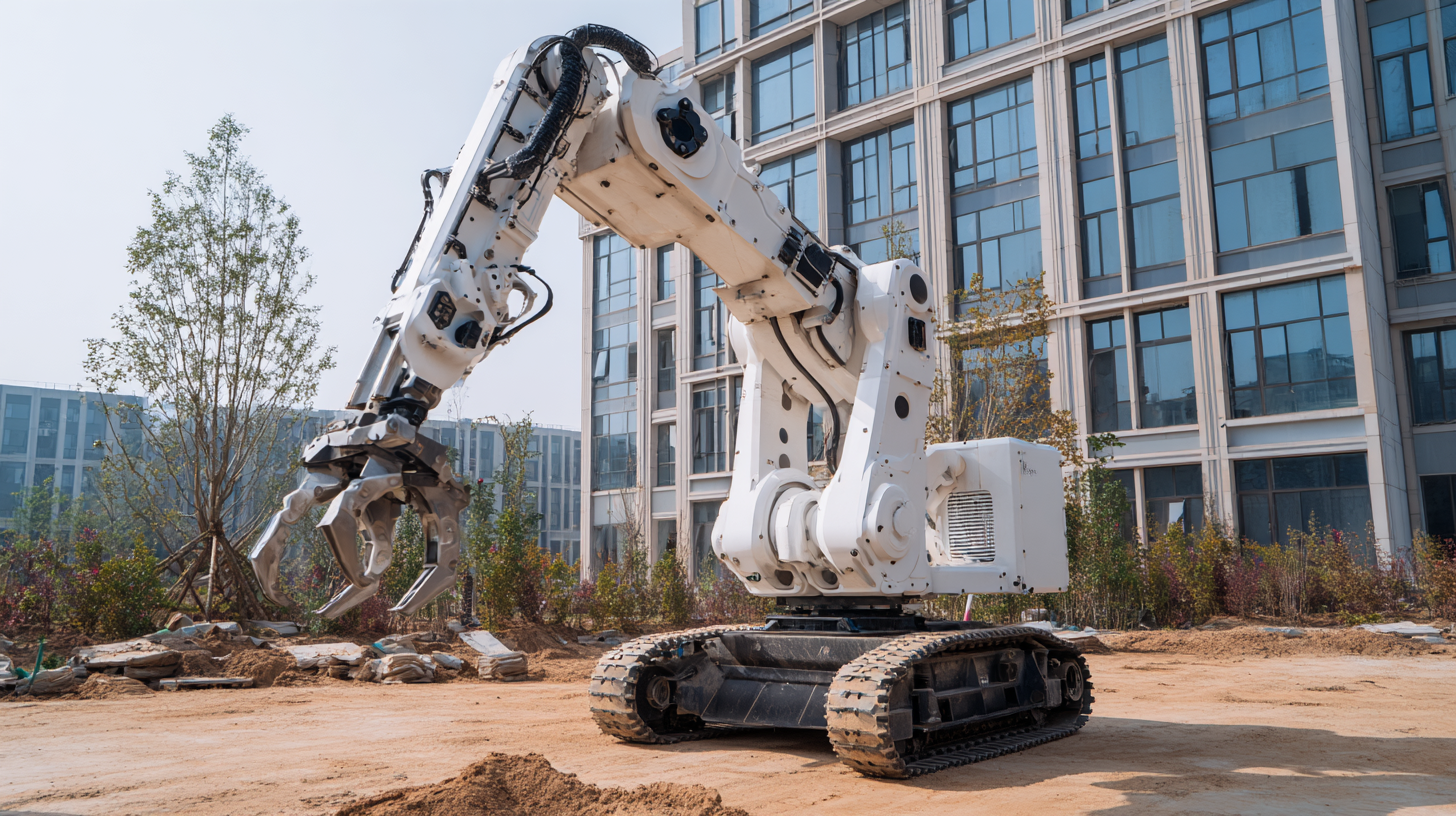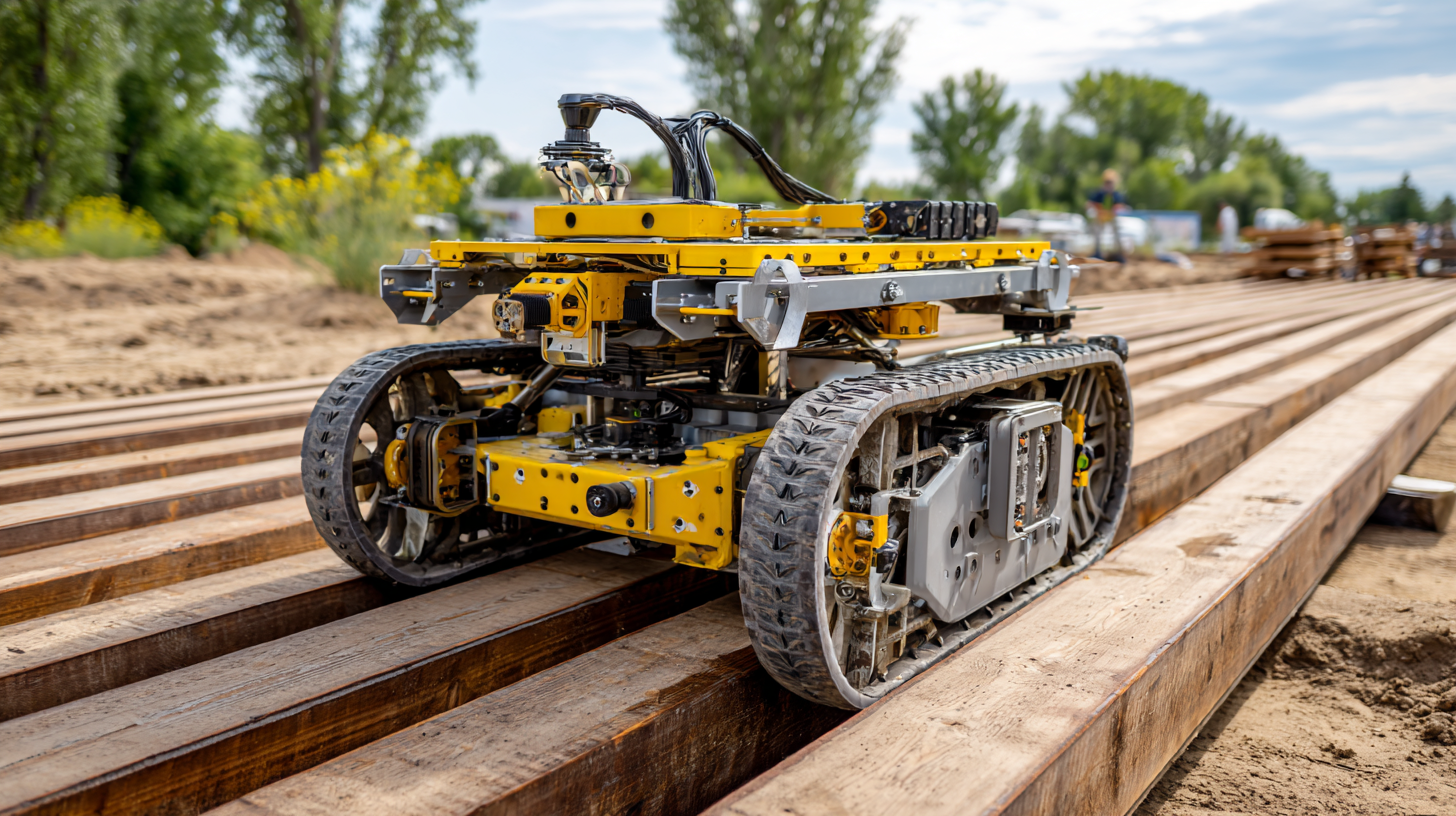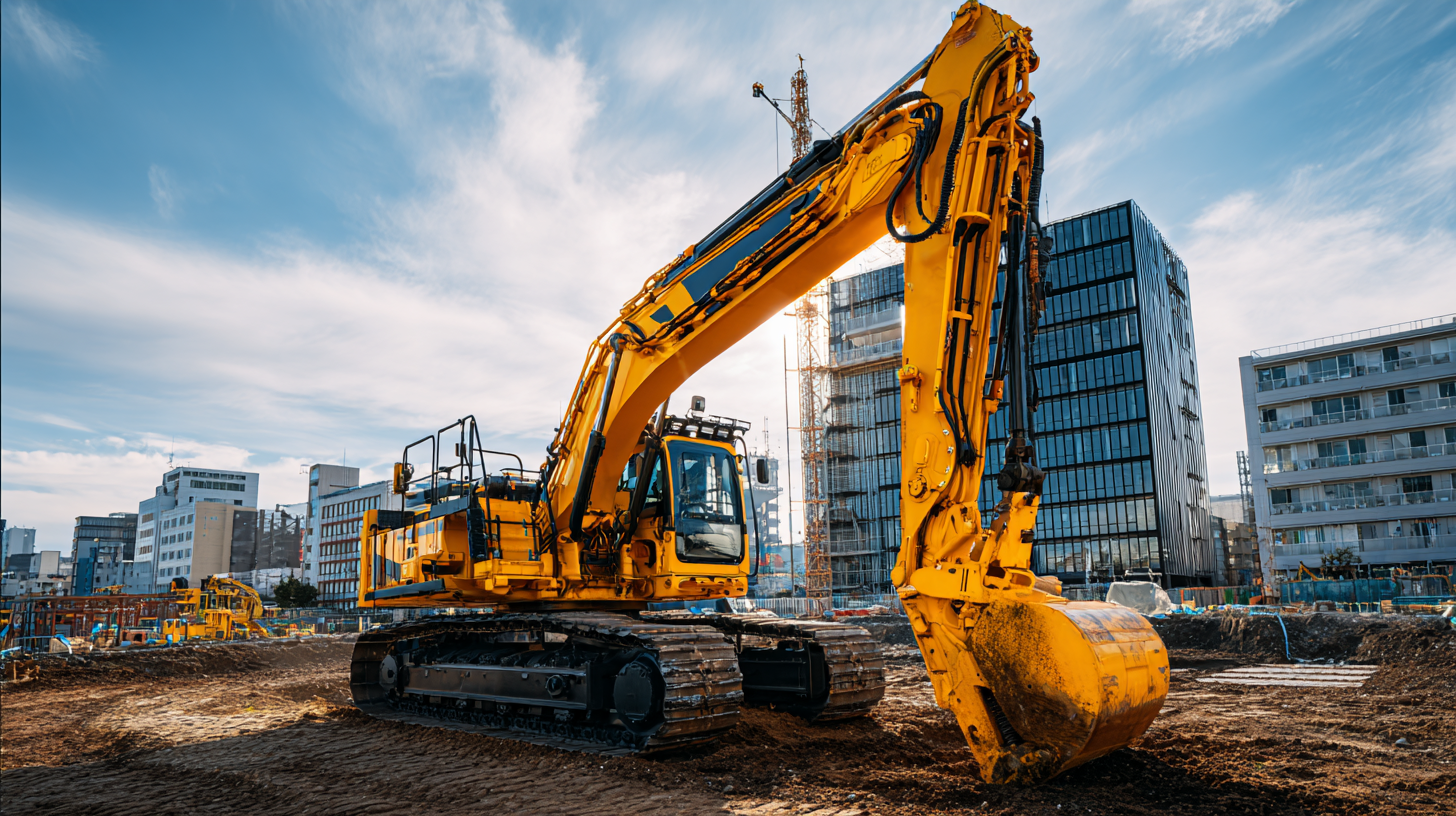Unlocking Efficiency: The Key Advantages of the Best Construction Robot for Modern Projects
In the rapidly evolving landscape of modern construction, the integration of advanced technologies is reshaping how projects are planned, executed, and completed. Among these innovations, the Construction Robot emerges as a pivotal player, heralding a new era of efficiency and precision. As we approach 2025, industry trends indicate an increasing reliance on automation and robotics to streamline workflows, reduce labor costs, and enhance productivity on construction sites. This blog delves into the key advantages of utilizing the best Construction Robot, showcasing how these intelligent machines not only improve operational outcomes but also address the challenges faced by industry professionals. With a focus on practical applications and future implications, we aim to unlock the potential of Construction Robots, guiding stakeholders toward more efficient project management in an ever-competitive market.
The Evolution of Construction Robots: Transforming Modern Project Efficiency
The construction industry has experienced a significant transformation with the advent of robotics, reshaping how modern projects are executed. According to a report by the World Economic Forum, construction labor productivity has stagnated, increasing by only 1% annually over the past two decades. In contrast, the implementation of construction robots is expected to enhance productivity by up to 30% by automating repetitive and labor-intensive tasks. Technologies like robotic arms and drones are revolutionizing tasks such as bricklaying, material transport, and site surveying, enabling projects to be completed more efficiently and safely.
Recent advancements in robotics also underscore a shift toward collaborative robots, or cobots, which work alongside human laborers. McKinsey & Company forecasts that by 2030, automation could displace 9% to 10% of the workforce within the construction sector, while simultaneously creating new jobs for high-skilled labor. This dual impact emphasizes the importance of workforce training and adaptation to technology. By integrating robotics into daily operations, construction companies not only improve task speed and precision but also reduce project delays and costs, marking a significant evolution in the efficiency of modern construction projects.
Key Features of Top Construction Robots to Enhance Project Management
The advent of construction robots has transformed project management by integrating advanced technologies that enhance efficiency and precision on-site. Key features of the best construction robots include automation capabilities that allow for the execution of repetitive tasks, significantly reducing time and labor costs. For instance, robots equipped with AI-driven systems can analyze project requirements and optimize workflows, enabling construction teams to focus on complex problem-solving rather than mundane tasks. In addition, these robots often utilize building information modeling (BIM), which ensures a seamless flow of information across various project phases, facilitating better decision-making and resource management.

Moreover, advancements in robotics have also addressed labor shortages in the construction industry. With an increasing demand for skilled workers, construction robots can step in to fill gaps, ensuring that projects remain on schedule. Technologies like visual-tactile learning systems enable robots to master intricate tasks such as cable installation, which has traditionally posed challenges for manual laborers. By leveraging the capabilities of construction robots, projects not only become more efficient but also contribute to sustainable building practices through improved waste management and resource optimization.
Cost-Benefit Analysis: Investing in Advanced Robotics for Construction
In the ever-evolving landscape of construction, leveraging advanced robotics is not merely a trend but a strategic investment that can greatly enhance productivity and reduce costs. According to a recent report by ARC Advisory Group, integrating robotics into construction can lead to a substantial reduction in labor costs, often by up to 20%. This efficiency gain translates into shorter project timelines and significantly enhanced quality control, as robots can operate with precision beyond human capability.
Furthermore, a study from McKinsey & Company highlights that automation can boost productivity in the construction industry by as much as 50%. By adopting the best construction robots, businesses can capitalize on these advantages, leading to quicker project completions and a faster return on investment. Although the upfront costs of robotic systems may seem high, the long-term savings from reduced labor costs and increased efficiency can exceed initial expenses, making this technology a financially sound decision for modern projects.
Industry Standards in Robotics: Ensuring Safety and Compliance in Construction
The construction industry is embracing robotic technology not just for efficiency but also for improving safety and compliance standards. With the upcoming updates to industrial robot safety standards, particularly the ISO 10218 revisions scheduled for 2025, manufacturers and system integrators will find it easier to ensure compliance. This revision emphasizes integrated safety requirements for collaborative robots (cobots) and addresses urgent issues like cybersecurity. Given that the global workplace safety market is projected to reach USD 46.38 billion by 2030, investing in compliant robotic solutions not only enhances safety but can also lead to significant cost savings in the long run.
Incorporating AI in construction presents numerous implementation areas, such as risk management, project planning, and machinery maintenance. Utilizing advanced AI tools can streamline operations, allowing for real-time data analysis and predictive maintenance schedules. As highlighted in recent reports, the construction industry's transformation is increasingly driven by technological integration, creating opportunities for enhanced compliance and efficiency.
Tip: Consider exploring emerging startups that focus on robotic solutions tailored for construction, as they often provide innovative tools that align with updated safety standards. Additionally, regular training for staff on the latest safety protocols related to robotic operations can significantly reduce workplace incidents.
How to Integrate Construction Robots into Your Workflow for Maximum Impact
Integrating construction robots into your workflow can significantly enhance project efficiency and accuracy. According to a McKinsey report, construction productivity could increase by up to 20% with the adoption of robotics and automation. For project managers, understanding how to smoothly incorporate these technologies is crucial. Start by identifying repetitive tasks that can be automated, such as bricklaying or site surveying. This allows your team to focus on higher-level planning and execution.
To maximize impact, invest in training for your workforce. A Survey by PWC revealed that 73% of construction companies believe workforce skills development is essential for successful technology integration. Encourage your team to engage with the technology hands-on; this familiarity not only boosts confidence but also fosters innovative approaches to problem-solving on-site.
Tip: To streamline the adoption process, consider piloting the technology on smaller projects before a full-scale implementation. This will help identify challenges and refine the integration process, ensuring a smoother transition when deploying construction robots across larger projects.












